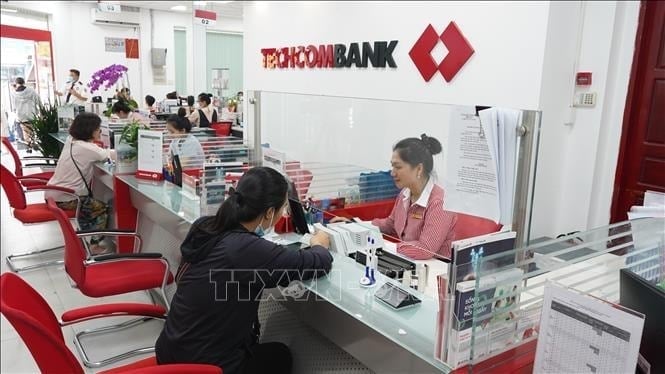
The continued strong increase in deposits into the Vietnamese banking system is partly reflecting the cautious sentiment of domestic investors as the stock, real estate, and gold markets are constantly fluctuating and posing many risks. However, experts predict that this trend may shift when other investment channels show signs of recovery.
Banks strongly attract deposits
In the first month of 2025, many banks adjusted their deposit interest rates to attract idle cash flow. Interest rates above 6%/year are applied more to long terms from 12 months such as at Vietnam Export Import Commercial Joint Stock Bank (Eximbank), Global Petroleum Commercial Joint Stock Bank (GPBank), An Binh Commercial Joint Stock Bank (ABBank)... However, by February, the interest rate trend is showing signs of reversing. Deposit interest rates for many terms at Vietnam Bank for Agriculture and Rural Development (Agribank), Tien Phong Commercial Joint Stock Bank (TPBank), Bac A Commercial Joint Stock Bank (Bac A Bank)... have been adjusted down.
According to the latest published data, deposits at banks will continue to increase sharply in 2024 with total capital mobilization exceeding VND 12.8 million billion, an increase of nearly 12.9% compared to the end of 2023. This strong increase comes from the trend of adjusting savings interest rates starting from the second quarter of 2024. Statistics from the State Bank show that deposit interest rates have increased by 0.71% over the past year, contributing to attracting significant cash flow from people into the banking system.
In terms of growth rate, some commercial banks recorded remarkable results such as Military Commercial Joint Stock Bank (MB) with a strong increase of 25.4% compared to 2023, reaching 714,066 billion VND; Vietnam Technological and Commercial Joint Stock Bank (Techcombank) increased by 17.3% with 536,746 billion VND; Saigon - Hanoi Commercial Joint Stock Bank (SHB) increased by 11.6% recording 496,106 billion VND...
However, in terms of capital mobilization scale, the "Big 4" group still leads the system even though deposit interest rates have little change, and some terms are even lower than the same period last year, in the context of the group of small and medium-sized commercial banks tending to continuously adjust savings interest rates to attract investment capital.
Accordingly, banks in the "Big 4" group including Vietnam Joint Stock Commercial Bank for Foreign Trade (Vietcombank), Vietnam Joint Stock Commercial Bank for Industry and Trade (VietinBank), Vietnam Joint Stock Commercial Bank for Investment and Development (BIDV) and Vietnam Bank for Agriculture and Rural Development (Agribank) recorded total capital mobilization in 2024 exceeding VND 7 million billion, accounting for 56% of the industry's market share.
Specifically, Agribank is the bank with the largest mobilized capital, reaching the 2 million billion VND mark for the first time, an increase of about 10% compared to 2023. BIDV recorded 1,929 million billion VND, an increase of 14.5%; VietinBank reached more than 1,603 million billion VND, an increase of 13.8%; while Vietcombank mobilized more than 1,515 million billion VND, an increase of 8.1% compared to the previous year. Outside this group, no bank has reached the 1 million billion VND mark in capital mobilization.
According to experts, the increasing trend of bank deposits is related to people's cautiousness in the face of fluctuations in the global economy. Rising inflation, political instability and decline in many important export markets have caused money to flow to safer investment channels. In addition, the State Bank's flexible monetary policy and the stability of the financial system have also contributed to strengthening the confidence of depositors.
"In the context of the volatile stock market, real estate facing liquidity difficulties and fluctuating prices, while gold and foreign currencies are unstable, increasing risks for investors, bank deposits are still an attractive option," said economist Dinh Trong Thinh.
Does cash flow move?
The sharp increase in bank deposits not only reflects the cautious mentality of the people but also has a significant impact on the economy. When the amount of deposits in the banking system increases, credit institutions have more capital to expand lending activities, thereby supporting businesses and individuals to access capital more easily, promoting economic growth. On the other hand, with abundant liquidity, banks have the opportunity to reduce lending interest rates, contributing to stimulating production and consumption.
Many opinions say that the trend of depositing money in banks is likely to continue if the global economic situation does not show signs of stabilization. However, if the stock and real estate markets improve, capital flows may partly shift to these investment channels.
Not stopping there, interest rates in 2025 are forecast to remain stable or increase slightly, with differentiation among banks. Small-scale banks may offer higher interest rates to attract capital.
According to a report from MB Securities Company (MBS), 12-month deposit interest rates at major commercial banks are forecast to fluctuate around 5 - 5.2% in 2025. MBS believes that with the recovery of production activities and the progress of public investment disbursement being accelerated next year, credit demand may increase, thereby creating pressure on deposit interest rates.
Economist Nguyen Tri Hieu said that interest rate developments in the coming time will be affected by many different factors. One of them is the credit growth rate of the banking system. If from the beginning of 2025, credit institutions increase lending activities according to the 16% target set by the State Bank, the demand for capital mobilization may increase significantly. At that time, to ensure capital sources for credit, banks can adjust deposit interest rates, thereby affecting lending interest rates.
Sharing the same view, economist Dinh Trong Thinh expects that in 2025, interest rates will remain stable, and if there is an increase, the margin will not be too large.
At the regular Government Press Conference in January 2025, Deputy Governor of the State Bank Dao Minh Tu emphasized that the State Bank's monetary policy management viewpoint is still to achieve the goal of controlling inflation, stabilizing the value of money; actively supporting growth and ensuring major balances of the economy.
Specifically, ensuring liquidity for the economy and commercial banks, thereby ensuring capital sources for the economy. In case of necessity, the State Bank will use management tools in capital supply, recapitalization or appropriate forms through monetary market operations.
Regarding interest rates, the State Bank continues to operate interest rates stably to ensure consistency with the general interest rates of the economy as well as other macroeconomic indicators; directs commercial banks to continue reducing lending interest rates by cutting costs, applying digital technology to reduce costs, and supporting interest rates for businesses and people.
Source: https://baohaiduong.vn/nhan-dinh-xu-huong-dong-tien-gui-vao-he-thong-ngan-hang-405281.html


![[Photo] Prime Minister Pham Minh Chinh chairs the Government's special meeting on law-making in April](https://vstatic.vietnam.vn/vietnam/resource/IMAGE/2025/4/13/8b2071d47adc4c22ac3a9534d12ddc17)
![[Photo] National Assembly Chairman Tran Thanh Man attends the ceremony to celebrate the 1015th anniversary of King Ly Thai To's coronation](https://vstatic.vietnam.vn/vietnam/resource/IMAGE/2025/4/13/6d642c7b8ab34ccc8c769a9ebc02346b)
![[Photo] National Assembly Chairman Tran Thanh Man attends the Policy Forum on Science, Technology, Innovation and Digital Transformation](https://vstatic.vietnam.vn/vietnam/resource/IMAGE/2025/4/13/c0aec4d2b3ee45adb4c2a769796be1fd)

















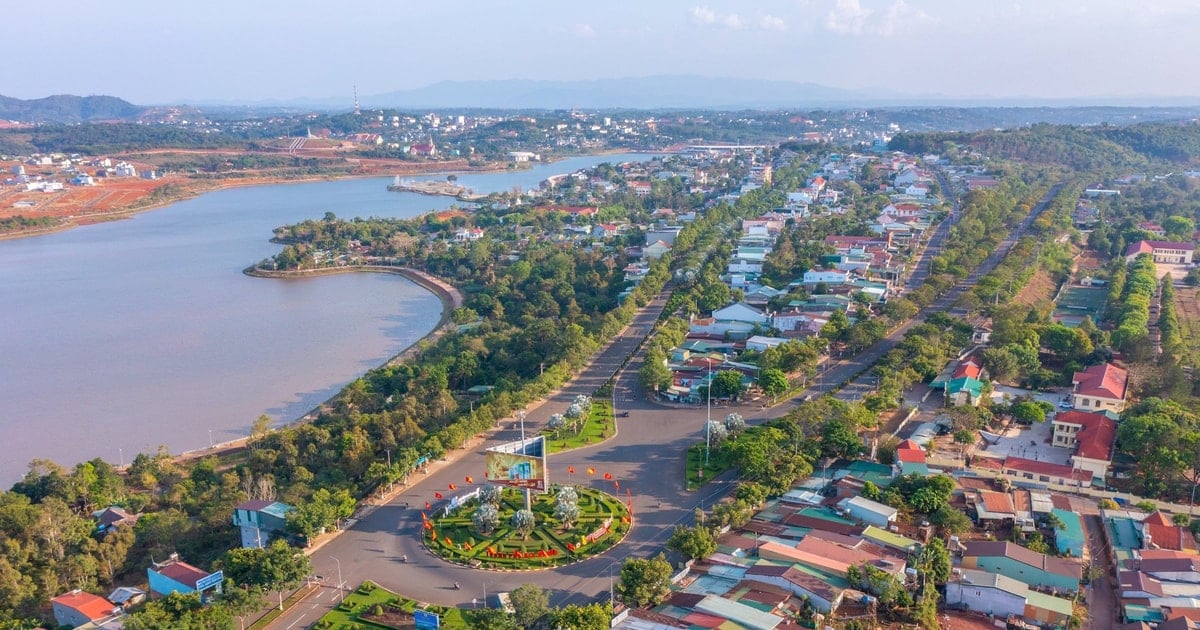






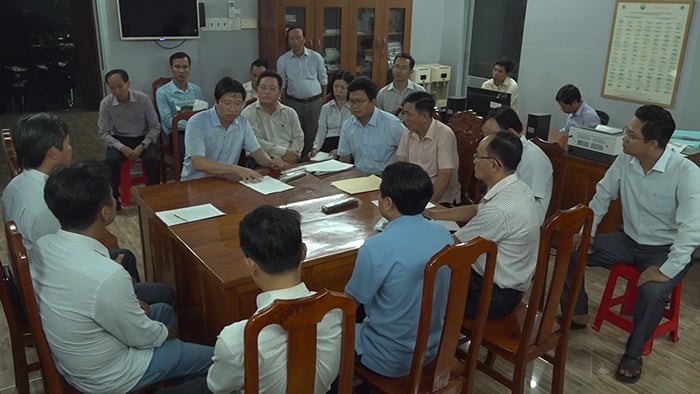




































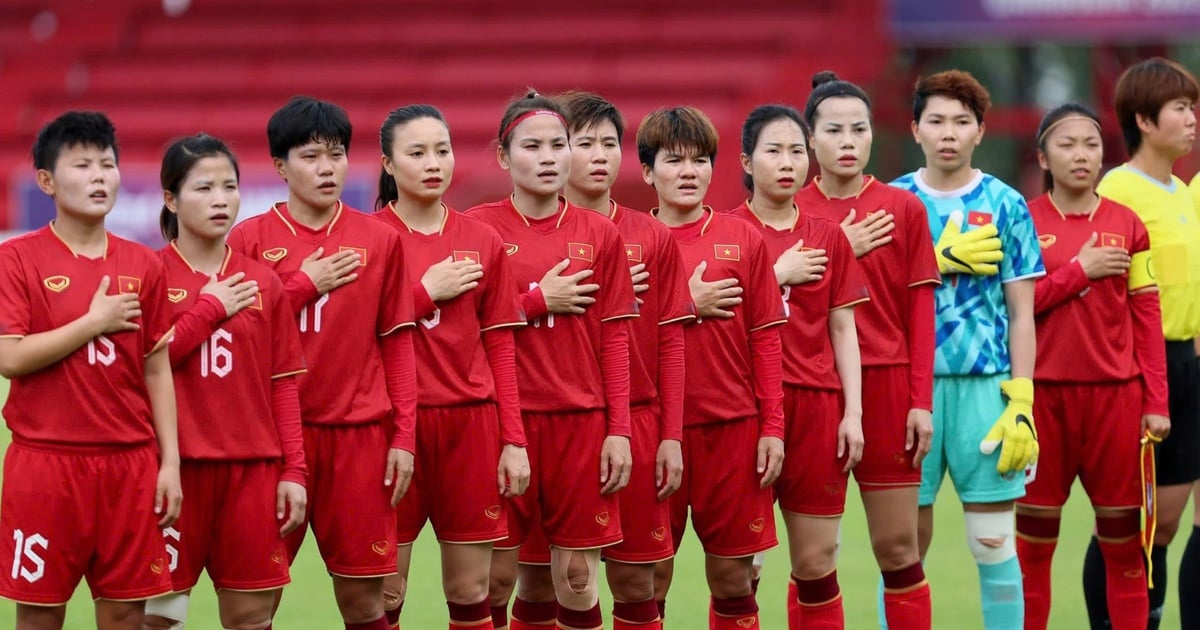


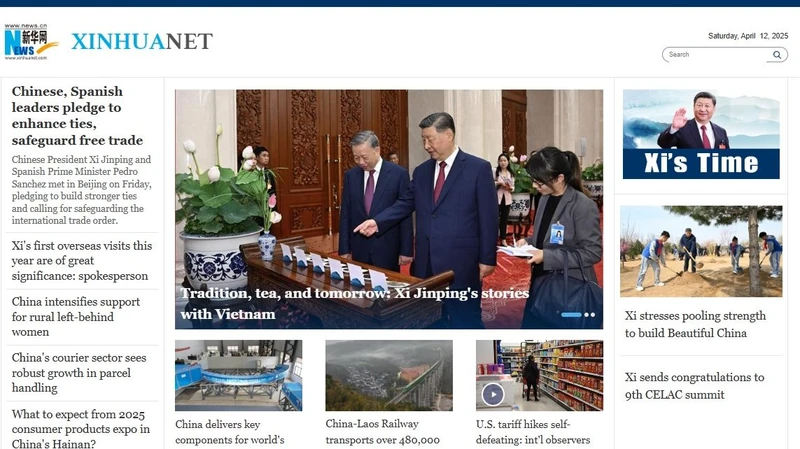











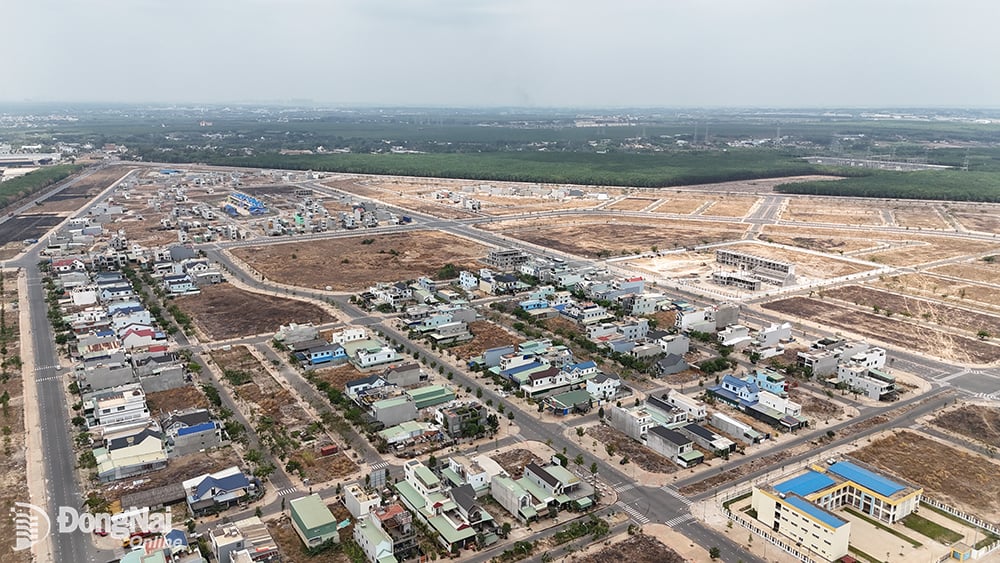

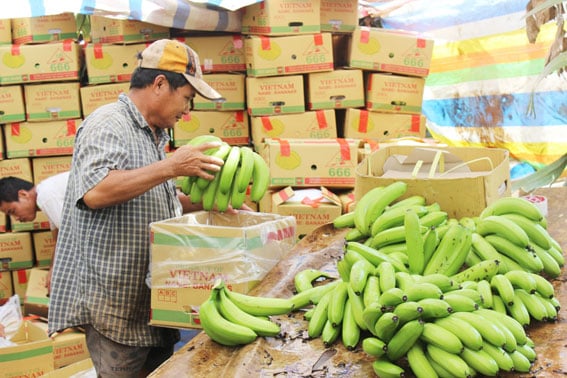











Comment (0)